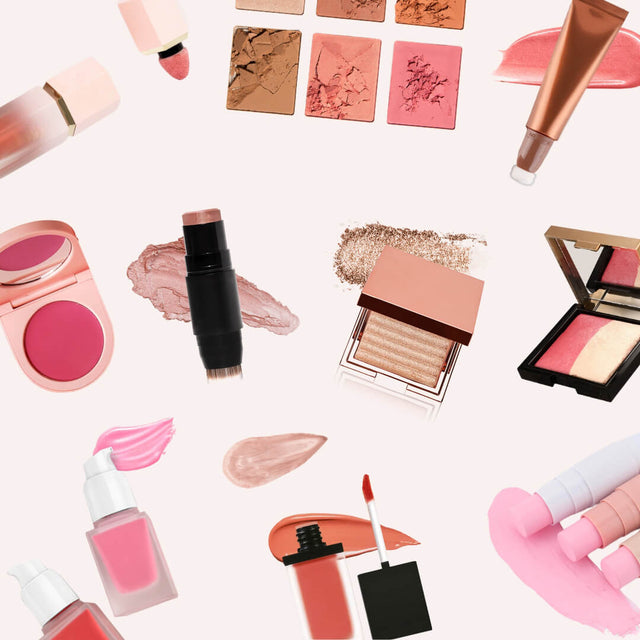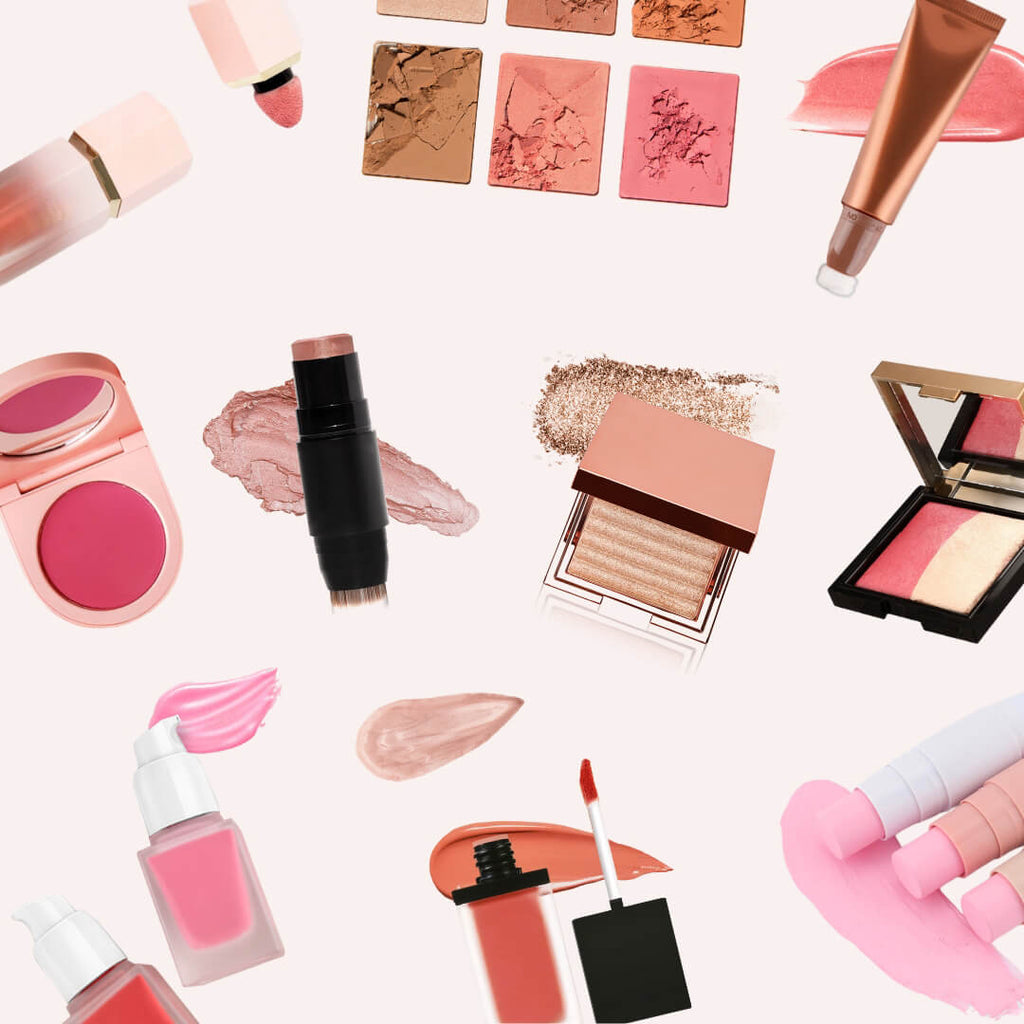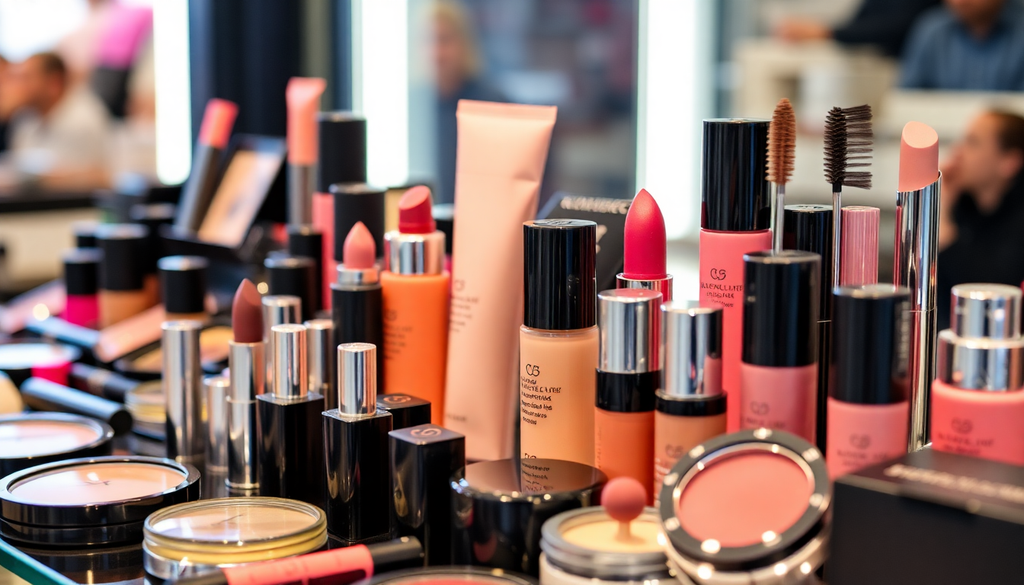
Your Step-by-Step Guide to Launching a Global Makeup Brand: Navigating Cosmetics Regulations and Market Trends in 2025
Introduction
Embarking on the journey of launching a global makeup brand in 2025 is an exciting yet challenging endeavor. With the beauty industry continuously evolving, understanding cosmetics regulations, market trends, and effective marketing strategies is crucial for success. This guide will walk you through the essential steps to set up your makeup business worldwide, ensuring you are well-prepared to navigate the complexities of this vibrant industry.
Step 1: Understanding Cosmetics Regulations
Before you launch your makeup brand, familiarize yourself with the regulations in different countries. Each market has its own set of rules governing cosmetics, including labeling, ingredient restrictions, and safety assessments. Understanding these regulations is vital to ensure compliance and avoid costly delays or penalties. Here’s a detailed breakdown by region:
- United States: The FDA oversees cosmetics but does not require pre-market approval. However, you must ensure compliance with labeling laws, ingredient safety, and Good Manufacturing Practices (GMP). Consider investing in a regulatory consultant to navigate complexities, especially if you plan to include novel ingredients.
- European Union: The EU has stringent regulations, including the Cosmetics Regulation (EC) No 1223/2009, which mandates safety assessments and a Product Information File (PIF). You will also need to appoint a Responsible Person (RP) within the EU who will ensure compliance and act as the point of contact for regulatory authorities.
- Canada: Health Canada requires cosmetics to be safe for use and properly labeled. Registration of cosmetic products is essential, as is the submission of ingredient lists and product formulations. Be aware of the regulations around color additives and prohibited substances.
- Australia: The National Industrial Chemicals Notification and Assessment Scheme (NICNAS) oversees cosmetics, requiring notification of ingredients and safety assessments. Additionally, be mindful of local labeling requirements, which include specific warnings and ingredient disclosures.
- Japan: The Pharmaceutical and Medical Device Agency (PMDA) manages cosmetics, with specific regulations regarding labeling and ingredient disclosure. Ensure compliance with the Japanese Standards of Quasi-drugs if your products claim therapeutic benefits.
Step 2: Navigating Import Policies
Understanding import policies is crucial for your global expansion. Each country has specific tariffs, duties, and regulations that can affect your product's entry. Here’s how to navigate these policies effectively:
- Research the Harmonized System (HS) codes for cosmetics in your target countries. This classification determines the applicable tariffs and taxes.
- Consult with customs brokers to gain insights into the import duties and taxes that may apply to your products. They can help you prepare necessary documentation and ensure compliance with local laws.
- Ensure compliance with packaging and labeling requirements to avoid delays at customs. This includes language requirements, safety warnings, and ingredient disclosures.
- Be aware of any import quotas or restrictions that may apply to cosmetics in specific markets, as these can impact your supply chain and pricing strategies.
Step 3: Obtaining Necessary Certifications
Certifications can enhance your brand's credibility and appeal, especially in competitive markets. Here are some important certifications to consider:
- Leaping Bunny Certification: For cruelty-free products, this certification ensures no animal testing is involved. It is highly regarded among consumers who prioritize ethical practices.
- ISO Certification: ISO (International Organization for Standardization) standards can demonstrate your commitment to quality and safety in manufacturing processes. Consider obtaining ISO 22716 for Good Manufacturing Practices in cosmetics.
- Vegan Certification: If your products are vegan, this certification can attract a growing segment of conscious consumers who seek cruelty-free and plant-based options.
- EcoCert or COSMOS Certification: For products with organic or natural claims, these certifications can help you appeal to environmentally-conscious consumers by validating your ingredient sourcing and production methods.
Step 4: Setting Up Your Makeup Online Store
In today’s digital age, an online presence is critical. Here’s how to set up your online store effectively:
- Choose an E-commerce Platform: Platforms like Shopify, WooCommerce, or BigCommerce can help you create a user-friendly online store. Consider features like mobile optimization, payment gateways, and inventory management when selecting your platform.
- Design an Attractive Website: Invest in professional web design to enhance user experience and reflect your brand identity. Utilize high-quality images and engaging content to showcase your products.
- Implement Secure Payment Methods: Offer various payment options, including credit cards, PayPal, and local payment methods, ensuring secure transactions to build customer trust.
- Integrate Customer Support: Provide excellent customer service through live chat, FAQs, or chatbots to enhance the shopping experience and address customer inquiries promptly.
- Optimize for SEO: Implement SEO best practices by using relevant keywords, optimizing product descriptions, and creating engaging blog content to improve your store's visibility on search engines.
Step 5: Marketing Your Makeup Brand
Effective marketing strategies will help your brand stand out in a saturated market. Here are some trendy marketing tactics for 2025:
- Social Media Influencers: Collaborate with beauty influencers to reach wider audiences and build credibility. Look for influencers whose values align with your brand for authentic partnerships.
- Augmented Reality (AR) Try-Ons: Implement AR technology on your website or app, allowing customers to virtually try on products. This innovative approach can significantly enhance customer engagement and reduce return rates.
- Green Marketing: Highlight sustainable practices and eco-friendly packaging to appeal to environmentally conscious consumers. Transparency about your sourcing and production methods can build trust and loyalty.
- Personalization: Use data analytics to offer personalized product recommendations based on customer preferences and purchase history. Consider implementing loyalty programs that reward repeat customers for their engagement.
- Content Marketing: Create valuable content that resonates with your target audience, such as makeup tutorials, trend reports, and beauty tips. This not only engages customers but also positions your brand as an authority in the industry.
Step 6: Staying Ahead of Market Trends
The beauty industry is constantly evolving, so staying informed about market trends is essential for success. Here are some current trends to watch in 2025:
- Inclusive Beauty: Brands focusing on inclusivity and diversity in shades and product offerings are gaining traction. Ensure your product range caters to a wide spectrum of skin tones and types.
- Clean Beauty: Consumers are increasingly gravitating toward products free from harmful chemicals. Highlighting clean ingredients and transparent sourcing can attract health-conscious buyers.
- Digital-First Strategies: As online shopping continues to dominate, brands that prioritize digital marketing and e-commerce capabilities will have a competitive edge. Embrace social commerce and shoppable posts on platforms like Instagram and TikTok.
- Customization: Consumers are seeking personalized experiences, from customized product formulations to tailored recommendations. Consider offering customizable makeup kits or subscription services.
- Wellness Integration: The intersection of beauty and wellness is becoming more pronounced, with consumers looking for products that enhance their overall well-being. Consider incorporating wellness-oriented ingredients and messaging into your offerings.
Step 7: Building a Strong Brand Identity
A strong brand identity is crucial for differentiating your makeup brand in a competitive market. Here are some steps to develop your brand identity:
- Define Your Brand Values: Clarify what your brand stands for, whether that’s sustainability, cruelty-free practices, or inclusivity. This will guide your branding and marketing strategies.
- Create a Unique Visual Identity: Develop a cohesive visual identity that reflects your brand values and resonates with your target audience. This includes your logo, color palette, and packaging design.
- Tell Your Brand Story: Share the story behind your brand and what inspired you to create it. Authentic storytelling can foster emotional connections with customers.
- Engage with Your Community: Actively engage with your audience on social media and through email newsletters. Encourage feedback and create a sense of community around your brand.
Conclusion
Launching a global makeup brand in 2025 requires careful planning and execution. By understanding cosmetics regulations, navigating import policies, obtaining necessary certifications, setting up an online store, and employing innovative marketing strategies, you can position your brand for success in the competitive beauty industry. Additionally, staying informed about evolving trends and consumer preferences will ensure your brand remains relevant and appealing. With dedication, creativity, and strategic planning, your dream of launching a global makeup brand can become a reality.




